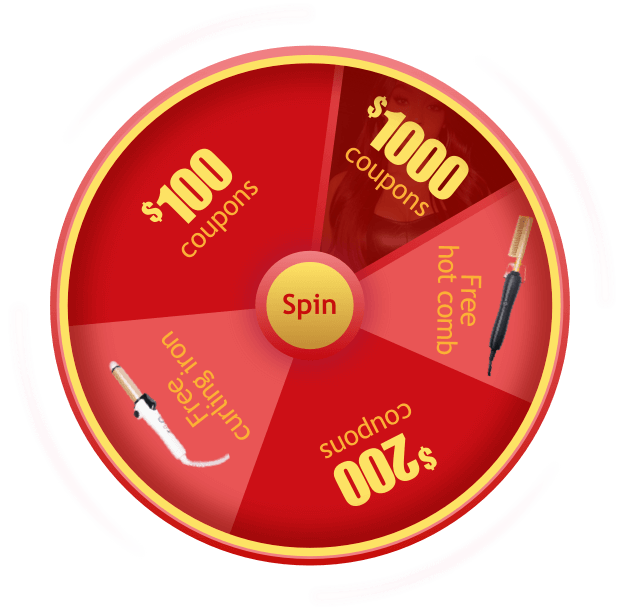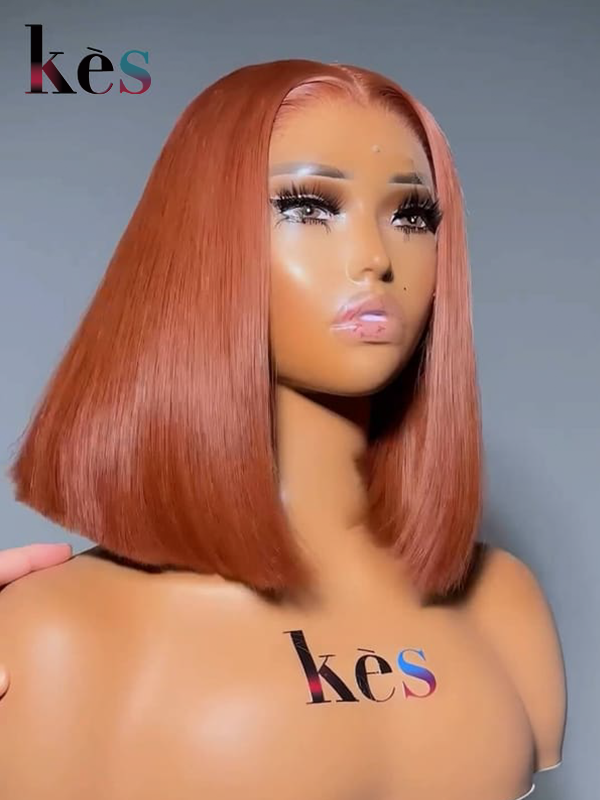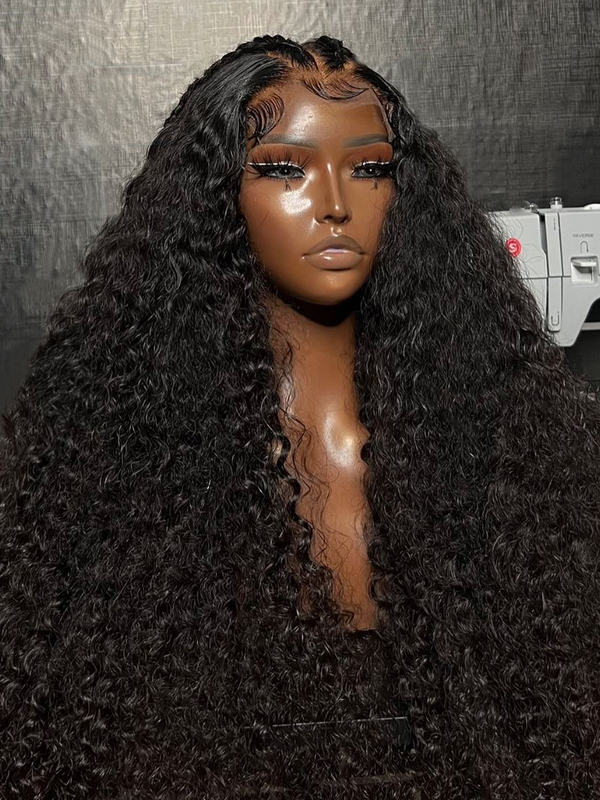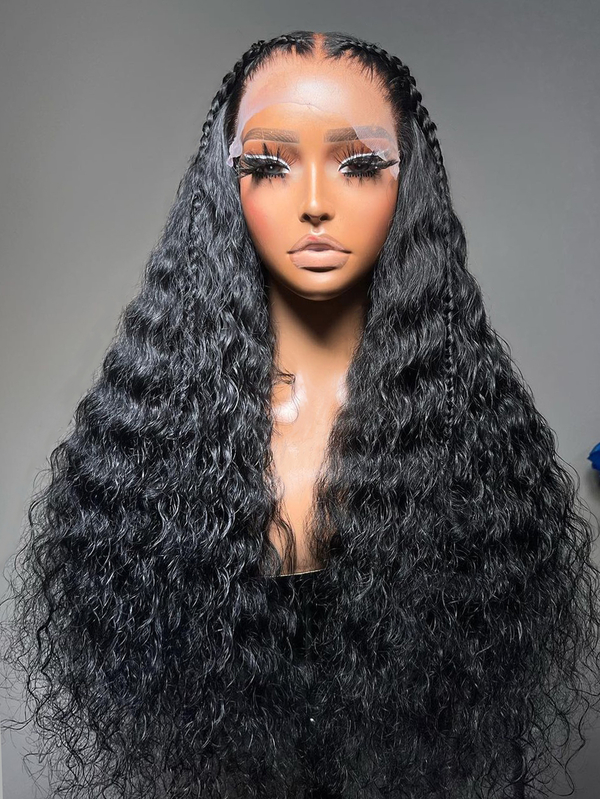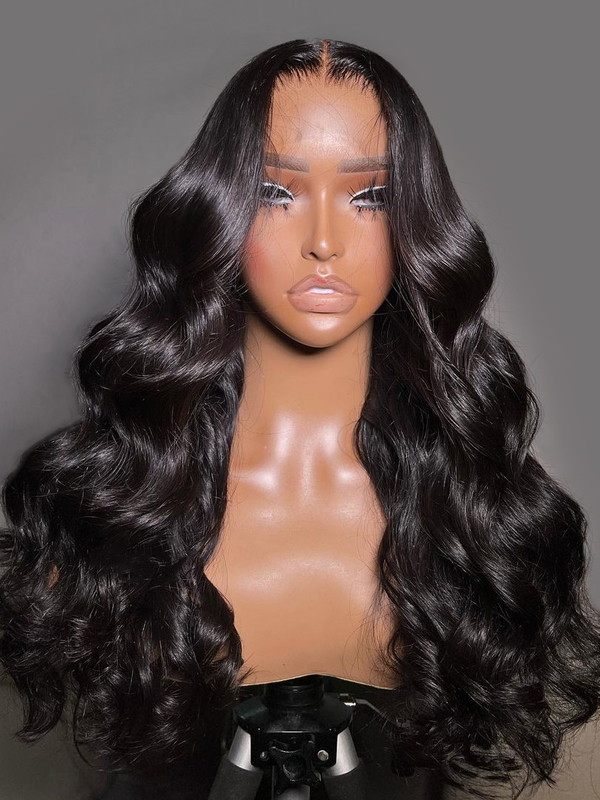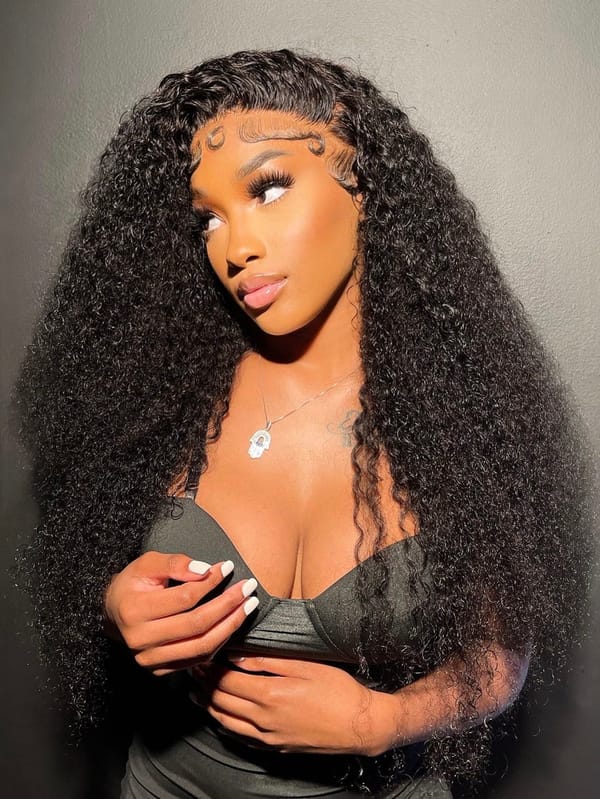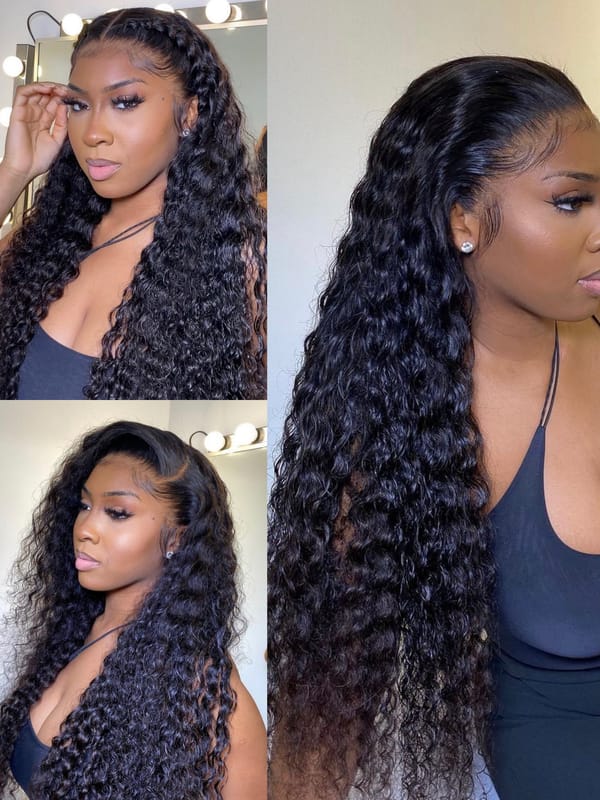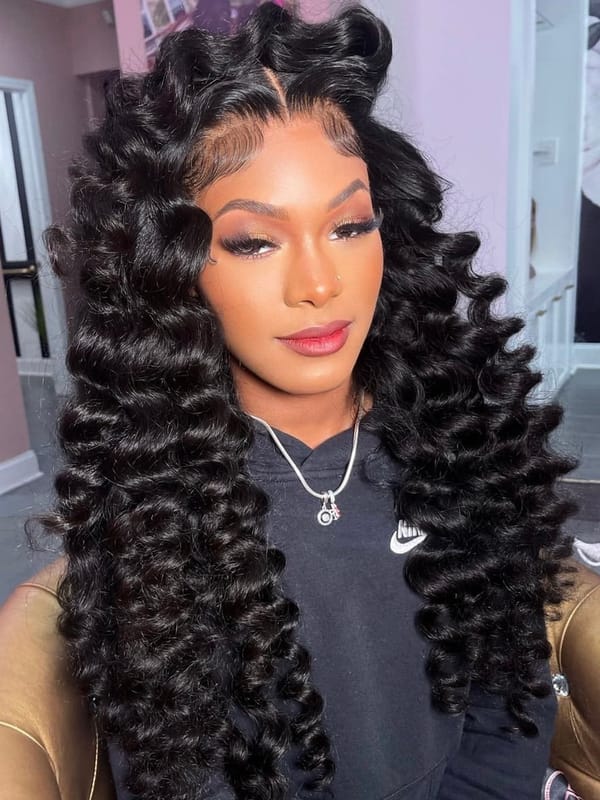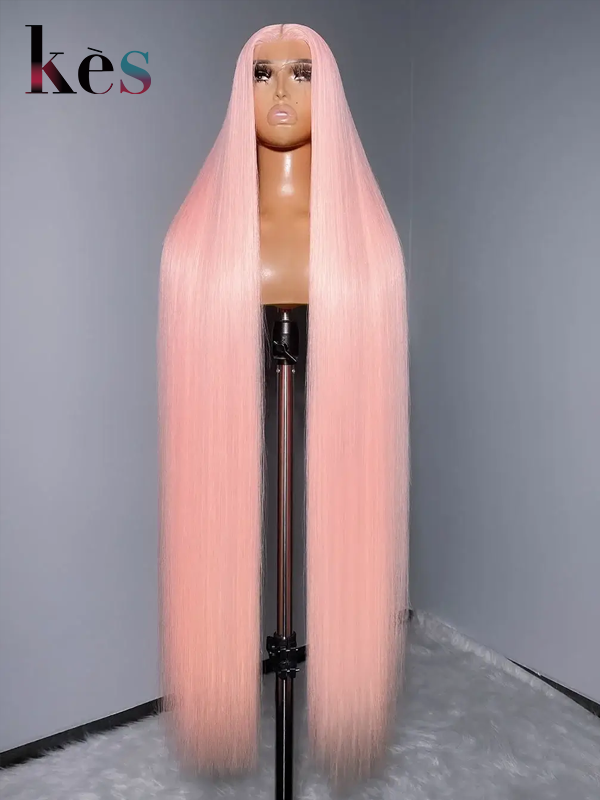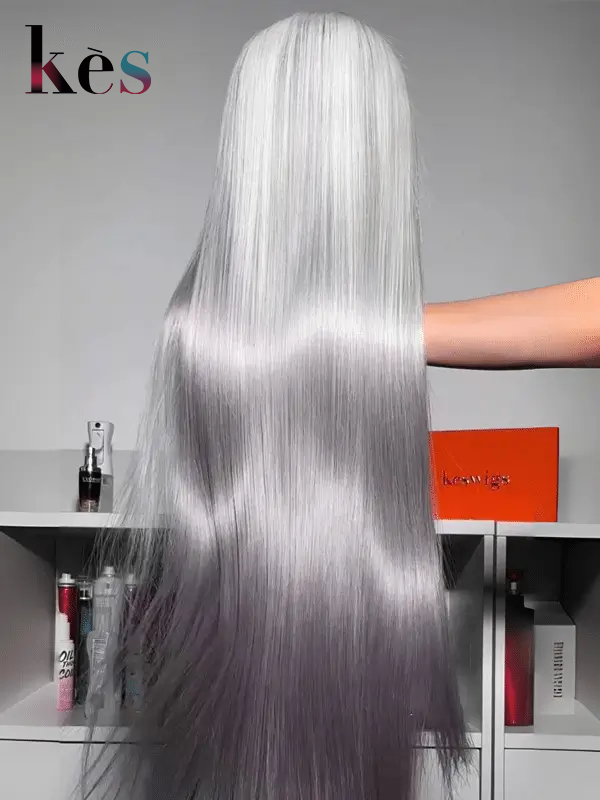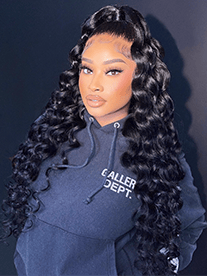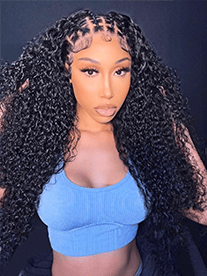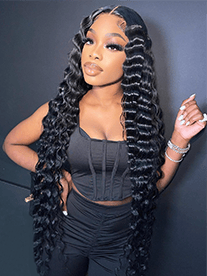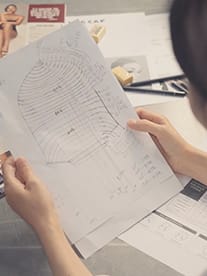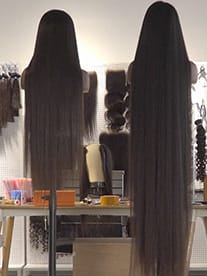1,What to Consider While Choosing a Lace Front Wig?
2023-07-08 2023-07-08 1:47Consider the following factors to choose the best lace front wig.
Lace Material
Different laces are used for making a lace front wig. You may have heard of “brown lace,” “French lace,” “Italian lace,” “Swiss lace,” and “HD lace.”
The principle is the finer and more transparent the lace is, the more invisible it is, thus producing a more realistic headline for wearers.
HD lace, one type of Swiss lace, has a very fine mesh and is very transparent, so it will give you an undetectable look and can blend into all skin tones perfectly. There is no need for you to apply any makeup to hide the lace.
On the contrary, transparent lace is actually less transparent than HD lace and may need to be covered with makeup.
High-quality lace, combined with excellent plucking work done by the wig vendors, will bring you a very natural headline, which is critical for a high-quality wig.
Size of the Lace
When it comes to lace front wigs, hair strands are hand-tied to the lace to mimic your natural hair. You can style or part the hairs on the lace the same way you would part your natural hair. Therefore, the larger the lace, the better it is.
Some hair vendors use U shape or chopped-off lace to reduce the cost. But don’t worry, because here at Keswigs, we only construct our lace front wig using true rectangular shape lace.
Hair Quality
The type of hair used to make the wigs will determine the necessary longevity and maintenance. There are two types of hairs used for making wigs: synthetic hair and human hair.
Synthetic lace front wigs are cheaper but usually less natural, durable, and cannot tolerate heat or dye.Human hair wigs can be classified into three types: virgin hair, non-Remy hair, and Remy hair.
Virgin hairs are collected from one donor and have never been chemically treated, and this type of hair is what all wigs offered by Keswigs are made of. With these wigs, you can feel free to dye, bleach, and heat style them as your natural hair.
Non-Remy hair is hair that has been chemically treated and collected from different donors. They are the lowest grade of human hair that you should try to avoid because a large portion of hair cuticles are removed during the manufacturing process.
Remy hair is human hair collected from different donors, and they have been physically treated to alight the hair cuticles in the same direction before going through chemical processing. They will last longer than non-Remy hair but cannot compare with virgin hair.
Hair Density
Wigs with high density are the key to a natural, full-volume look. The cost of making a 200-density wig is at least double that of a 120-density wig because more hairs are used, and more human resources are needed to create it.
Check whether the wig is true to length. In the wig industry, longer hairs are much more expensive than shorter hair. Some hair vendors will mix shorter hair into wigs to reduce costs. In such cases, the hair at the end of the wig will be much thinner than the root. So make sure to check to determine whether the wig is true to length or not.





